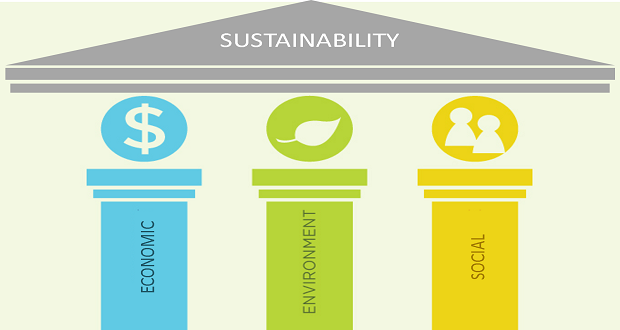 Politics from around the country is all over the news every day now. One that caught my eye was the Massachusetts Senate race between Elizabeth Warren and Scott Brown. This particular race has no effect on me, as I do not live in Massachusetts. Rather, what caught my eye were Mr. Brown’s accusations that Ms. Warren was somehow inauthentic because she claimed Native American ancestry, and his statement that she “clearly was not Native American” – the implication being that she did not “look” Native, so she could not be.
Politics from around the country is all over the news every day now. One that caught my eye was the Massachusetts Senate race between Elizabeth Warren and Scott Brown. This particular race has no effect on me, as I do not live in Massachusetts. Rather, what caught my eye were Mr. Brown’s accusations that Ms. Warren was somehow inauthentic because she claimed Native American ancestry, and his statement that she “clearly was not Native American” – the implication being that she did not “look” Native, so she could not be.
I can’t say how Ms. Warren feels about her identity, but I can tell you my experience. From the day years ago, when my mostly Swedish-American father stood pointing at my Native American mother’s birth certificate telling me, “You’re half!” and me wondering, “Half what?” until now has been a journey in identity for me. A number of years ago, I took an assessment that told me I did not identify culturally with any one group, which is true, because I spent many years wondering, “What am I?” In my recent blog about privilege, I said that it was a privilege for me to be from both the majority and the minority. It’s also a privilege growing up not having to ask, “What am I?”; not having to wonder how and where you fit in. Imagine having to choose who you are – choose between two sides of your identity.
Identity is a complex thing. It indicates unique, individual characteristics, as well as characteristics shared with a group. It may be interpreted within relationship to other people, or it may be interpreted within a specific context. For me, it’s both in relationship and in context. Relationships are different between my white family and friends and my native family and friends. The way we communicate is different. The way we connect is different. This doesn’t mean the relationships on either side are inauthentic; they are just different because the cultures are different.
On the contextual side, no matter where I am, people assume I’m white. In my day-to-day life, that means things get said or done that are inappropriate to my native side, and I have to address it. Or, I might be at powwow or ceremony where I feel most connected, but I get questioned whether I belong there because of the color of my skin. Of course, if someone observes me and sees that I know what to do and how to do it, they will certainly understand that I belong in that context.
Are you starting to get the feeling that this is all very confusing? It is!
Through the years, I have identified as just white or just Native American, not because one is more advantageous than the other, but rather because for many years, I was forced to choose who I was for education, employment or census purposes. I was so relieved when, in the 2000 census, I could officially choose “2 or more races.” That’s what I have chosen ever since, because that is what I am.
The Inclusion Solution is to honor each person’s unique identity. We need to stop making assumptions about the way people look and accept people for who and what they say they are. Identity is a personal journey, and we have no right to criticize or devalue another person’s journey just because they don’t look or act a certain way. When we accept people as they are, then we are being truly inclusive.


















